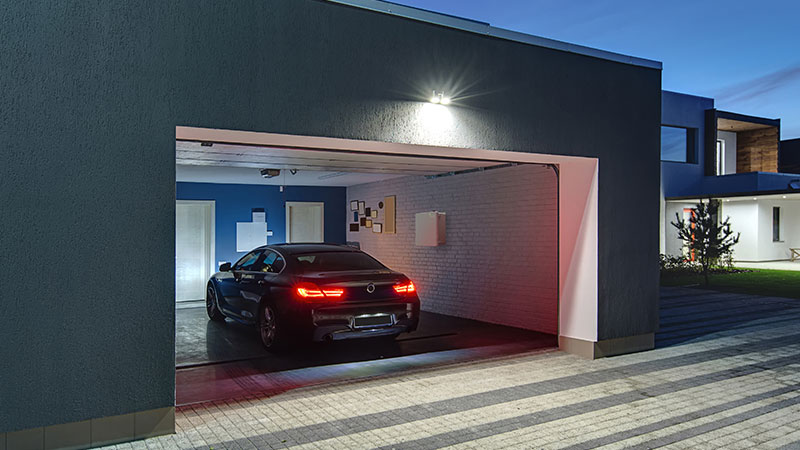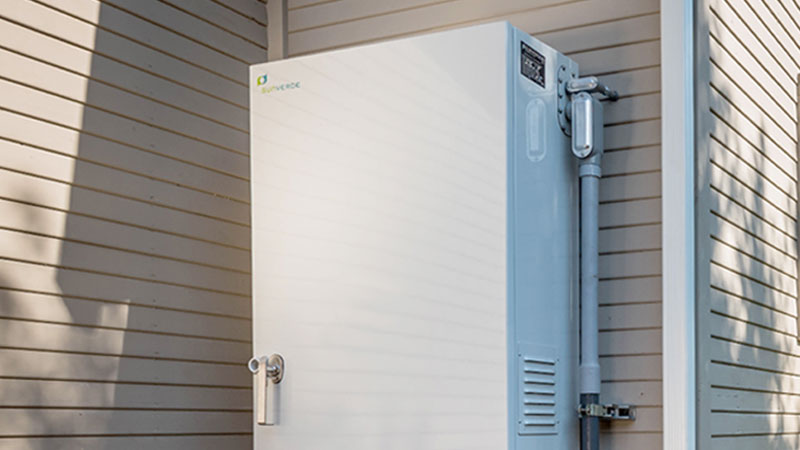The decision by the Trump administration to withdraw the nation from the Paris climate accords was a disappointing one for me, and for all other advocates of distributed energy. In the face of both climate change and ever-increasing stress on the current electric grid, turning our backs on international cooperation on renewable energy is incredibly short-sighted and economically risky.
What’s most disappointing to me isn’t the potential economic impact on our industry, however, although that’s clearly a concern for anyone in the business. The real issue is the effect on American leadership when it comes to our national and global energy future.
With the US removing itself from this global agreement, we are effectively declaring a national policy that abandons that future in an attempt to delay an inevitable shift away from our energy past.
Coal and other fossil fuels are the energy sources of that past. They not only damage the environment, they also force the continuation of a grid structure designed around large, capital-intensive central generation facilities. With an aging infrastructure and rapidly shifting demand, that century-old grid design is highly stressed and often taxed beyond its ability to cope.
In addition, the sheer cost and complexity involved in siting and operating large-scale fossil generation plants means we’re unlikely to see many of these built. Indeed, many utilities are trying to figure out how to pay for and maintain their legacy power plants (nuclear as well as coal) in the face of systemic change.
It’s clear that our energy future will rely heavily on distributed energy resources. What will be centralized instead of generation are intelligence and control. That grid structure, as I’ve pointed out many times before, enables a much higher degree of energy efficiency, reduces cost for consumers, reduces capital costs for utilities, and creates a grid that is effectively a network based on services that provide value to users and new revenue streams to utilities. This future grid is already being developed in many places around the world, and the initial results are extremely positive.
It’s also clear that the next-generation grid will depend on the widespread inclusion of storage in order to provide maximum flexibility, resilience and value. That’s why so many significant projects are underway in the US, Canada, Australia, Japan and elsewhere to catalyze the mainstreaming of storage. Our rejection of the Paris accords sends a strong signal that the US isn’t interested in remaining at the forefront of this shift, which inevitably hands the baton to other nations.
That’s ironic, considering that one of the supposed reasons for the administration’s decision is to protect American jobs and our economy. We are right now one of a handful of nations leading the innovation race in distributed energy and storage, and it has become a national economic force.
There are 3.3 million Americans at work in advanced energy jobs, many of them in manufacturing, and the number is growing. In Wyoming, coal miners are being retrained to be wind farmers. Our company has brought new job opportunities to Stockton, California. The same benefits are happening all over the country.
Renewables and storage are also creating economic benefits for consumers and businesses in state after state, including ones where coal once played an outsized economic role. A Kentucky coal company is replacing a coal mine with the state’s largest solar array. Kansas tripled its renewables generation capacity in the space of three years, the highest rate in the country. North Dakota is no. 1 in wind energy per capita (creating work for wind turbine service technicians, which the federal Bureau of Labor Statistics lists as the fastest growing occupation through 2024).
The storage products our workers make lower energy bills for residents of affordable housing in Sacramento and other communities. In Kentucky, Sunverge is working with innovative utilities like the Glasgow Electric Plant Board on pilot projects for storage to increase reliability and lower bills for its residents.
This isn’t just the view of my company, my industry or even the majority of the energy sector. Even Lloyd Blankfein of Goldman Sachs has labelled this decision as short-sighted for the economy overall.
Fortunately, there is widespread understanding across the country that both renewable energy and distributed storage are not blue state or red state issues, but the American future. In fact, there are 30 states that have or are considering legislation and utility rate structures that support this modernization of the grid. Since utilities are regulated at the state level, as well as municipally owned in many cases, it’s likely that efforts in grid modernization, distributed storage installation and supportive tariffs will continue at a strong pace.
So I remain both hopeful and confident that we’ll continue to make strides and innovate because the marketplace itself is demanding it. Both American consumers and state lawmakers understand the need and are driving us toward the future. We will make the transition, along with the rest of the world. Given that, we ought to be asserting our global leadership, not abandoning it.







